Dracula (1979 film)
7 /10 1 Votes
58% Rotten Tomatoes Duration Language English | 6.4/10 IMDb 3.5/4 Roger Ebert Genre Horror, Romance Country United StatesUnited Kingdom | |||||||||||||||||||||||||||||||||
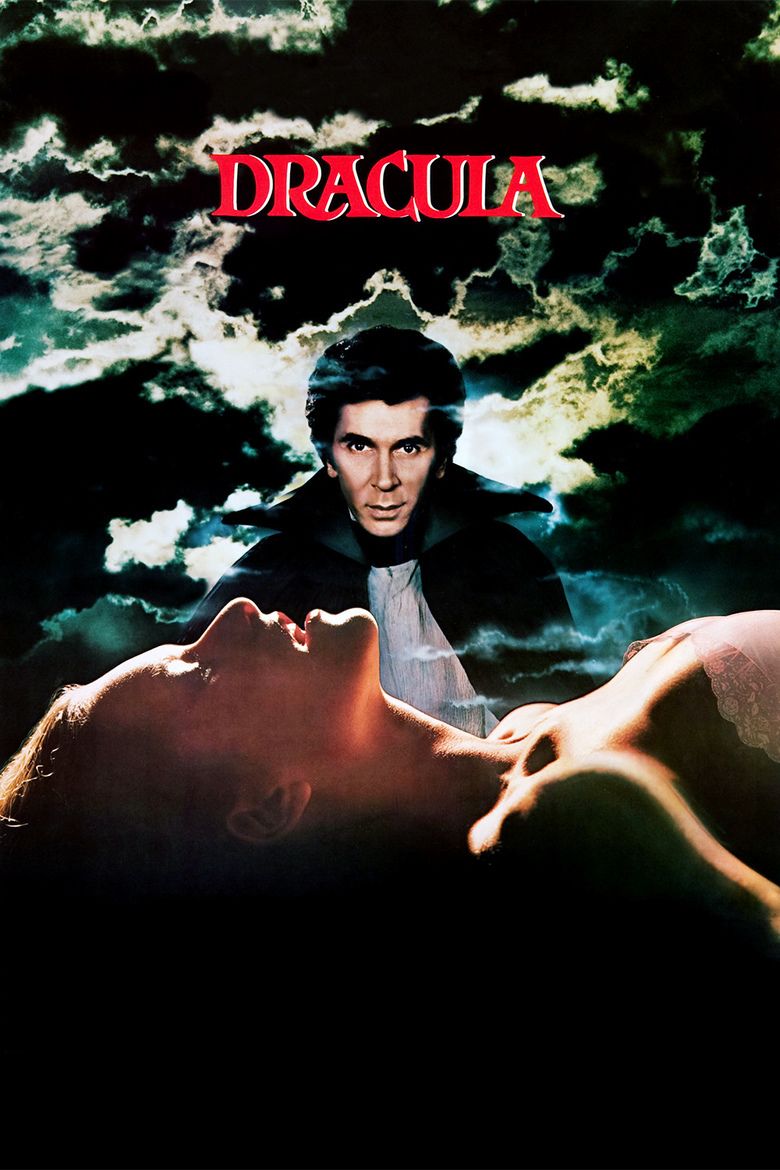 | ||||||||||||||||||||||||||||||||||
Release date 13 July 1979 Writer Cast (Count Dracula), (Prof. Abraham Van Helsing), (Dr. Jack Seward), (Lucy Seward), (Jonathan Harker), (Mina Van Helsing) Similar movies Hotel Transylvania 2 , Dracula Untold , The Lord of the Rings: The Fellowship of the Ring , Blade: Trinity , Dracula , Hotel Transylvania Tagline Throughout history he has filled the hearts of men with terror, and the hearts of women with desire. | ||||||||||||||||||||||||||||||||||
Dracula is a 1979 British-American horror film directed by John Badham. The film starred Frank Langella in the title role as well as Laurence Olivier, Donald Pleasence and Kate Nelligan.
Contents
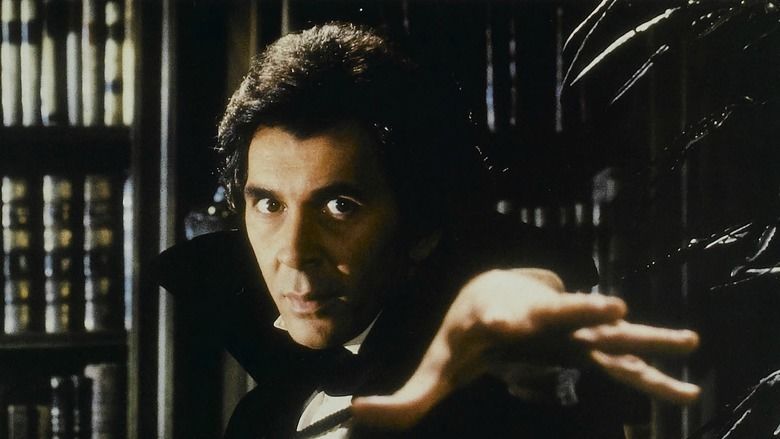
The film was based on Bram Stoker's novel Dracula, though much of Stoker's original plot was revised to make the film—which was advertised with the tagline "A Love Story"—more romantic. The film won the 1979 Saturn Award for Best Horror Film.
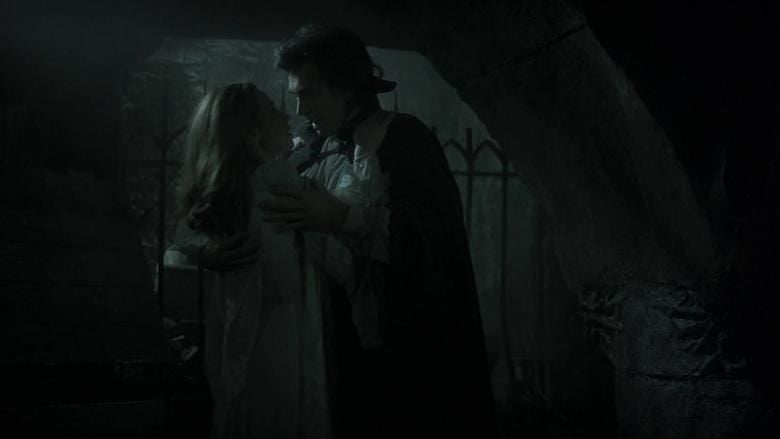
Plot summary
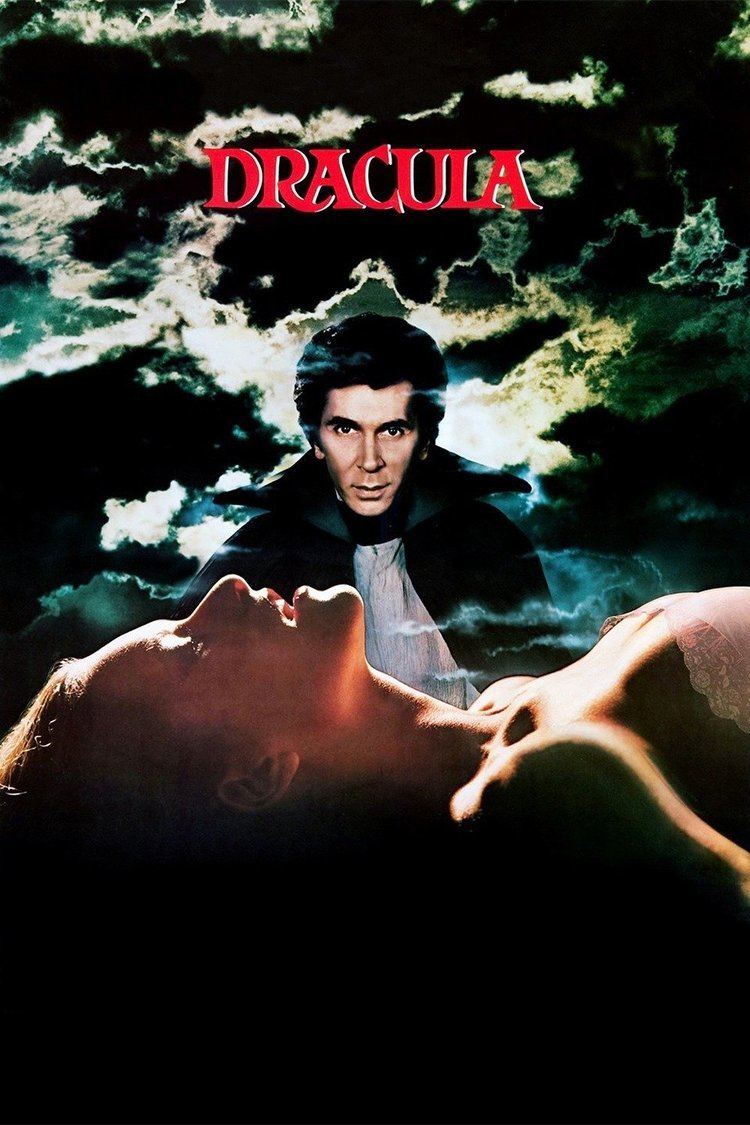
In Whitby, England in 1913, Count Dracula (Frank Langella) arrives from Transylvania via the ship Demeter one stormy night. A sickly Mina Van Helsing (Jan Francis), who is visiting her friend Lucy Seward (Kate Nelligan), discovers Dracula's body after his ship has run aground. The Count visits Mina and her friends at the household of Lucy's father, Dr. Jack Seward (Donald Pleasence), whose clifftop mansion also serves as the local asylum. At dinner, he proves to be a charming guest and leaves a strong impression on the hosts, Lucy especially. Less charmed by this handsome Romanian count is Jonathan Harker (Trevor Eve), Lucy's fiancé.
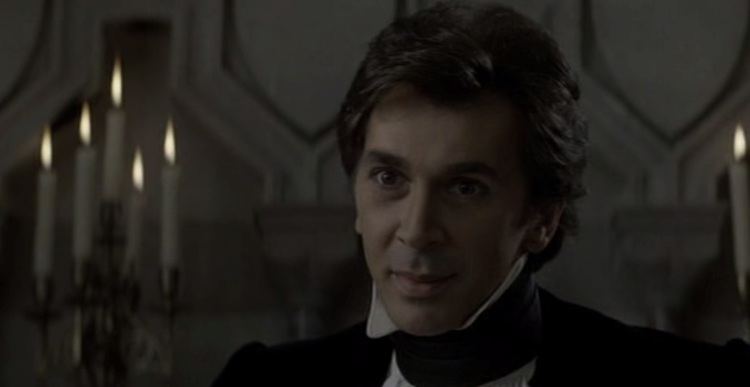
Later that night, while Lucy and Jonathan are having a secret rendezvous, Dracula reveals his true nature as he descends upon Mina to drink her blood. The following morning, Lucy finds Mina awake in bed, struggling for breath. Powerless, she watches her friend die, only to find wounds on her throat. Lucy blames herself for Mina's death, as she had left her alone.
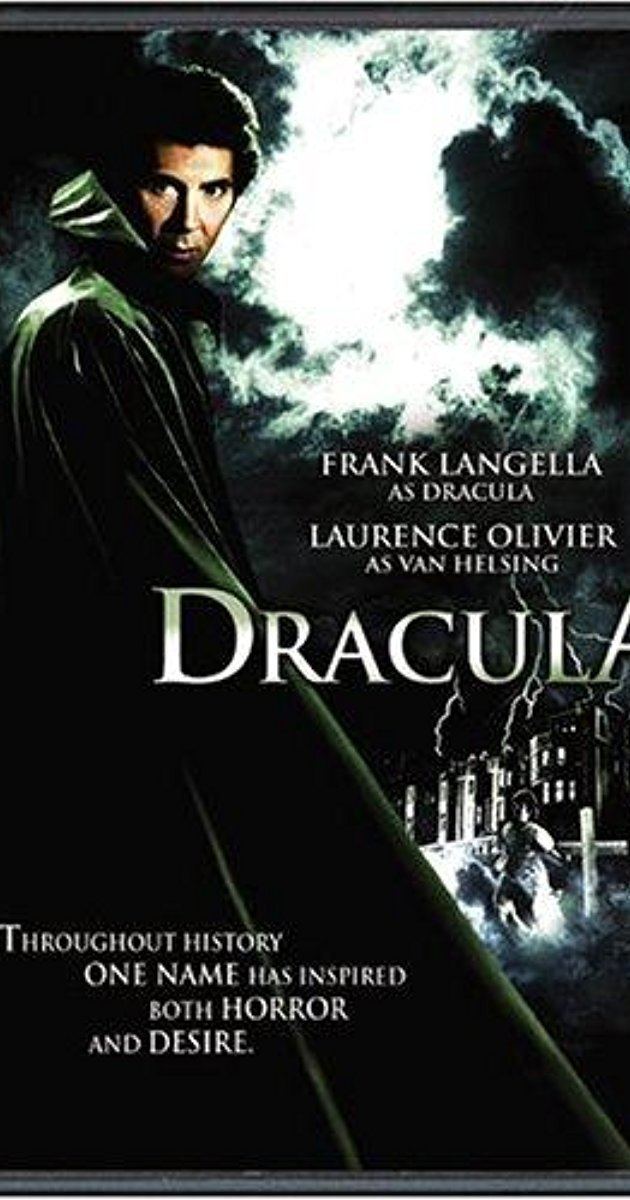
At a loss for the cause of death, Dr. Seward calls for Mina's father, Professor Abraham van Helsing (Laurence Olivier). Van Helsing suspects what might have killed his daughter: a vampire. Moreover, he begins to worry about what fate his seemingly dead daughter may now have. Seward and van Helsing investigate their suspicions and discover a roughly clawed opening within Mina's coffin which leads to the local mines. It is there that they encounter the ghastly form of an undead Mina, and it is up to a distraught van Helsing to destroy what remains of his own daughter, which he does.
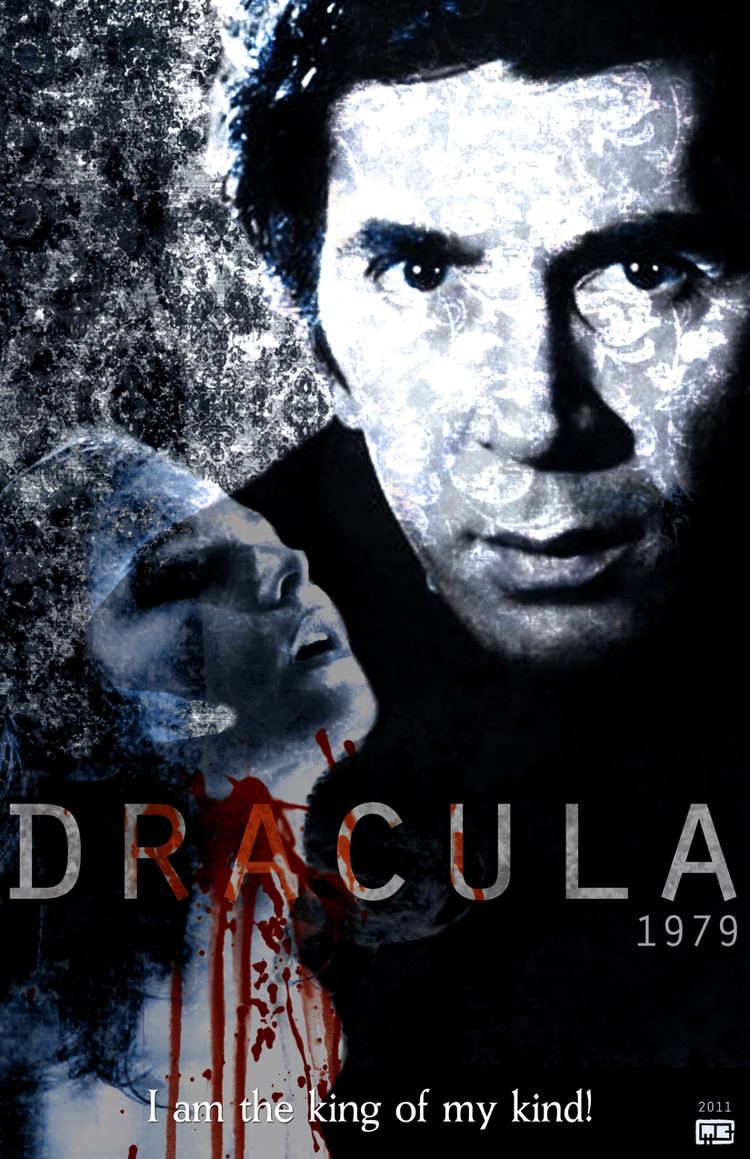
Lucy meanwhile has been summoned to Carfax Abbey, Dracula's new home, and soon she reveals herself to be in love with this foreign prince and openly offers herself to him as his bride. After a surreal "Wedding Night" sequence (employing lasers and shot by famed James Bond title sequence designer, Maurice Binder), Lucy, like Mina before her, is now infected by Dracula's blood. However, the two doctors manage to give Lucy a blood transfusion to slow her descent into vampirism, but she remains under Dracula's spell.
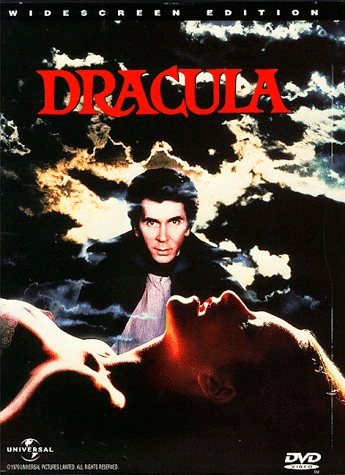
Now aided by Jonathan, the elderly doctors realise that the only way to defeat Dracula (and save Lucy) is by destroying him. They manage to locate his coffin within the grounds of Carfax Abbey, but the vampire is waiting for them. Despite it being daylight, Dracula is still a very powerful adversary. Dracula escapes their attempts to kill him and bursts into the asylum to free the captive Lucy, which he does. He also murders his one-time slave, Milo Renfield (Tony Haygarth), for warning the others about him. Dracula now intends for him and Lucy to return to Transylvania together.

In a race against time, Harker and van Helsing just manage to get on board a ship carrying the vampire cargo bound for Romania. Below decks, Harker and van Helsing find the Count's coffin; upon opening it they see Lucy sleeping beside Dracula. Again they try to destroy him, but the Count awakens and once more fights with them. In the struggle, van Helsing is fatally wounded by Dracula as he is impaled by the stake intended for the vampire. As the enraged Count now turns his attention to Harker, van Helsing uses his remaining strengths to throw a hook (attached to a rope, from the ship's rigging), into Dracula's back. Harker seizes his only chance and hoists the Count up through the cargo hold and into the sunlight above. Dracula then suffers a slow and painful death as the solar rays burn his body.

Lucy, now apparently herself once more, reaches out to Harker, who stares at the dying van Helsing. At this moment, she looks up to see Dracula's cape flying away in the wind, and smiles enigmatically.
Cast
Production
Like Universal's earlier 1931 version starring Bela Lugosi, the screenplay for this adaptation of Bram Stoker's novel Dracula is based on the stage adaptation by Hamilton Deane and John L. Balderston, which ran on Broadway and also starred Langella in a Tony Award-nominated performance. Set in the Edwardian period, and strikingly designed by Edward Gorey, the play ran for over 900 performances between October 1977 and January 1980. It is also known for switching the character's roles of Mina Harker and Lucy Westenra.
The film was shot on location in England: at Shepperton Studios and Black Park, Buckinghamshire. Cornwall doubled for the majority of the exterior Whitby scenes; Tintagel (for Seward's Asylum), and St Michael's Mount (for Carfax Abbey). The Castle Dracula was a glass matte painted by Albert Whitlock.
Gilbert Taylor was the cinematography, while the original music score was contributed by John Williams.
Critical response
In 1979, at least three Dracula films were released around the world: West German director Werner Herzog's re-telling as Nosferatu the Vampyre, this film, and the comedy Love at First Bite. The success of the jokey Love at First Bite, starring George Hamilton, may have had something to do with the muted response this version would subsequently experience. The film performed modestly at the box office, grossing $20,158,970 domestically, and was seen as something of a disappointment by the studio.
Some critics reacted positively toward the film, such as Roger Ebert of the Chicago Sun-Times, who gave it 3½ stars out of 4 and wrote: "What an elegantly seen Dracula this is, all shadows and blood and vapors and Frank Langella stalking through with the grace of a cat. The film is a triumph of performance, art direction and mood over materials that can lend themselves so easily to self-satire...This Dracula restores the character to the purity of its first film appearances..." Others reacted less positively, such as Janet Maslin of The New York Times, who wrote: "In making this latest trip to the screen in living color, Dracula has lost some blood. The movie version ... is by no means lacking in stylishness; if anything, it's got style to spare. But so many of its sequences are at fever pitch, and the mood varies so drastically from episode to episode, that the pace becomes pointless, even taxing, after a while."
In the home video market of the early 1980s, John Badham's Dracula made it onto Variety's All-Time Horror Rentals in 1993, but it eventually seemed to fall into relative cinematic anonymity for several years (partly due to it having a very limited video release outside of the USA).
DVD and video re-coloring
The 1979 theatrical version looks noticeably different from recent prints. When it was re-issued for a Widescreen Laserdisc release in 1991, the director chose to alter the color timing, desaturating the look of the film.
John Badham had intended to shoot the film in black and white (to mirror the monochrome 1931 film and the stark feel of the Gorey stage production), but Universal objected. Cinematographer Gilbert Taylor was prompted to shoot the movie in warm, "golden" colours, to show off the distinctive production design. The original version has been out of print for over 20 years.
References
Dracula (1979 film) WikipediaDracula (1979 film) IMDbDracula (1979 film) Rotten TomatoesDracula (1979 film) Roger EbertDracula (1979 film) themoviedb.org
